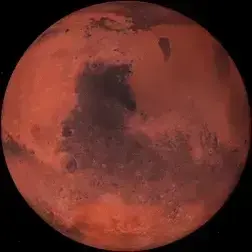Endgame capitalism.
Turn the moon into a billboard by projecting images on the side that faces Earth.
You think non-capitalist countries would leave it alone?
No idea but the moon is always colonized from a profit perspective so far. Haven’t heard anyone interested in leaving it alone.
This is the best summary I could come up with:
If all goes as planned, Nova-C, built by the private company Intuitive Machines, under NASA’s Commercial Lunar Payload Services program, will touch down on the moon about seven days later, bearing suites of scientific instruments.
It will also carry a collection of narratives stored on microfiche disks, several cameras and a series of small sculptures made by the artist Jeff Koons that will be encased in a cube and stay on the moon in perpetuity.
The Commercial Lunar Payload Services program, as part of Artemis, encourages private companies to build landers and even rovers that NASA can pay to use, as opposed to the traditional approach of NASA-built equipment.
The agency has already awarded billions of dollars in total in contracts to private companies, including established giants like Lockheed Martin, newer billionaire-backed players like SpaceX and Blue Origin, scrappy startups like the lander makers Astrobotic and Intuitive Machines, and the nuclear-power research firm Zeno Power.
After hearing about the cremation service Celestis Memorial Spaceflight’s plans to send human cremains to the moon aboard Peregrine, the Navajo Nation president, Buu Nygren, wrote to the NASA administrator Bill Nelson and other officials on Dec. 21 asking to delay the launch.
NASA officials have tried since 2020 to forge a more cooperative path for the moon through the agency’s Artemis Accords, a nonbinding framework that affirms the 1967 Outer Space Treaty and asks signatories to enhance collaboration between nations by agreeing on international standards for equipment, helping each other in emergencies, sharing scientific data and protecting the Apollo landing sites.
The original article contains 1,495 words, the summary contains 257 words. Saved 83%. I’m a bot and I’m open source!






